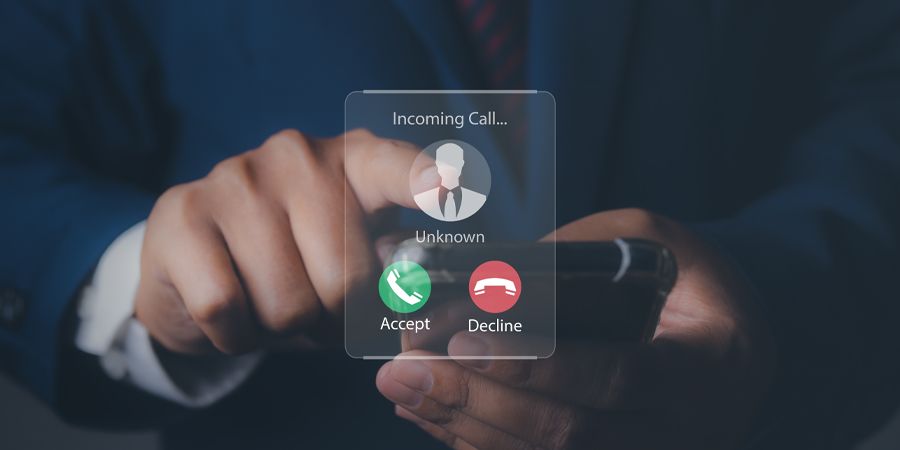Due to the rise of robocalls and fraudulent schemes, the majority of consumers have chosen not to pick up calls from unfamiliar numbers. To tackle this issue, businesses are embracing branded calling services, wherein they invest in associating their identity with a specific phone number, enabling recipients to recognize the authenticity of the caller.
Hiya, among several providers offering such solutions, states that approximately 94% of calls from unknown sources are left unanswered. Additionally, Neustar, a provider of real-time information and analysis, suggests that when customers are informed about the purpose of the call, the likelihood of them answering surges—potentially by up to 200%.
Branded Calling
In January 2022, T-Mobile joined forces with CTIA to establish guidelines for the implementation of an enhanced Caller ID system tailored to businesses. Through this novel solution known as branded Caller ID (BCI), businesses and entities can transmit verified calls featuring a readily recognizable Caller ID presentation, often showcasing the organization's logo, on supported mobile devices.
In the ongoing effort to safeguard consumers from illicit and undesirable robocalls while bolstering confidence in the voice network, the wireless industry maintains its commitment to innovating and adopting robust call authentication tools and technologies. A notable demonstration of this innovation is the introduction of branded calling offerings, which encompass a range of features such as rich call data (RCD) provisions. These tools hold the potential to deliver significant advantages for consumers, corporate callers and service providers alike.
CTIA urges the FCC to permit the gradual advancement and maturation of branded calling technologies. While these solutions exhibit substantial potential in combatting unlawful robocalls, CTIA underscores the importance of approaching them as part of a comprehensive strategy rather than a singular solution. The deployment of branded calling should be informed by risk considerations, serving as one among several measures aimed at eradicating and mitigating unauthorized robocalls.
Next Generation of Call Authentication
Branded calling encompasses an extensive array of call authentication tools that leverage the STIR/SHAKEN framework and other diverse data sources. This further enriches the information presented to consumers upon receiving a call.
While all branded calling solutions share the common feature of providing users with augmented call details, such as the caller's name and a recognizable brand logo, they manifest in various forms. These forms include mechanisms that verify and augment call information, shaping what consumers perceive during the initiation and/or culmination phases of a call.
The implementation of branded calling solutions involves a diverse set of contributors throughout the calling process. In general, participants within branded calling ecosystems typically encompass call initiators, vetting agents, originators, terminators of voice service and manufacturers of handsets. The composition of stakeholders and data sources varies depending on the specific type of branded calling solution being employed.
Despite being in their early stages, an assortment of branded calling tools have already penetrated the market, offered by a wide spectrum of providers including First Orion, Hiya and Transaction Network Services (TNS).
In December 2022, a significant milestone was reached when First Orion, Hiya, Neustar and TNS forged a strategic alliance to propel the call vetting and authentication standards of the industry, unifying them under a single framework spanning the largest carriers in North America. This collaborative partnership facilitates secure and trusted calls for over 285 million mobile devices and serves the 90 million households dependent on landline phone services.
Establishing Trust
Progressive branded calling solutions are advancing towards greater data richness, flexibility and informativeness for the end consumer.
By capitalizing on the STIR/SHAKEN framework, branded calling introduces mechanisms that encompass authentication, validation and conveyance of caller identification attributes such as calling name, purpose of the call and enriched details like brand imagery or corporate logos.
Consequently, the architecture of branded calling solutions is devised to establish a sequence of trust spanning the entire call trajectory: originating from the call instigator, extending through the initiating voice service provider, continuing to the terminating provider and culminating at the recipient's handset.
In the present landscape, there is a burgeoning array of prospects for companies to enhance their voice reputation, accompanied by a plethora of branded calling solutions accessible to businesses. The process of implementation becomes streamlined with the right provider at your side.










